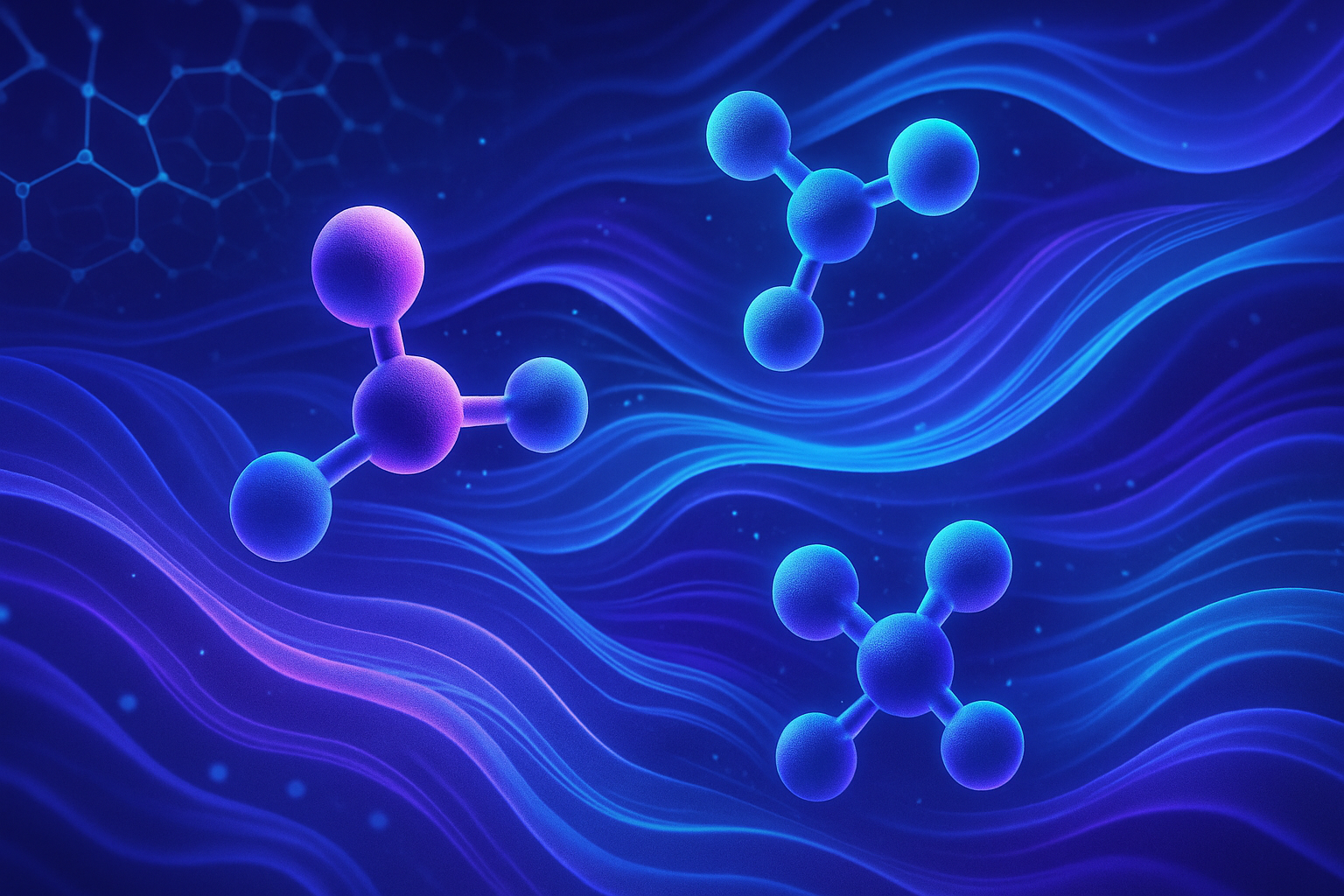The dissociation of molecules in various solvents represents a major challenge for *chemical and pharmaceutical synthesis*. An innovative model developed by researchers at MIT predicts with increased accuracy how these molecules dissolve. With such an advancement, the process of developing new drugs becomes more *efficient and environmentally friendly*. The importance of choosing the right solvent cannot be underestimated. This model offers a *revolutionary perspective* to minimize the harmful effects of solvents on health and the planet.
Prediction of Molecule Solubility
The latest model developed by chemical engineers at MIT uses machine learning to predict the solubility of molecules in organic solvents. This development represents a significant advancement in the synthesis of drugs and useful molecules. The model provides accurate estimates on the amount of a solute that can dissolve in a given solvent, thus facilitating the choice of suitable solvents for various chemical reactions.
Context and Utility of the Model
Traditionally, solubility prediction relied on the use of the Abraham solvation model, whose accuracy was limited by its estimation method. Researchers launched a quest to improve these predictions, which are crucial in the field of synthetic chemistry. Lucas Attia, a graduate student at MIT and one of the lead authors of the study, mentions the limiting nature of solubility prediction, especially in drug development.
Organic solvents, such as ethanol and acetone, are frequently used in chemical reactions. The shift towards less harmful solvents for the environment and human health has become essential. The newly developed model thus allows for the identification of safer alternatives, minimizing environmental impacts.
Methodological Approach
The project emerged from a course on applying machine learning to chemical engineering problems at MIT. The researchers used a comprehensive dataset, BigSolDB, containing information on the solubility of nearly 800 molecules in more than 100 commonly used organic solvents. By integrating machine learning approaches, Attia and his colleague Jackson Burns were able to train the model using 40,000 data points, significantly increasing the accuracy of predictions.
Obtained Results
The evaluation of the models revealed that the predictions were two to three times more accurate than those of the SolProp model, which had previously dominated the field. The ability of the new models to capture variations in solubility, particularly based on temperature, constitutes a major advantage in the testing and practical implementation of synthesis methods.
Researchers noted that the two models, FastProp and ChemProp, exhibited similar performances. This finding necessitated reflection on the limitations of the available data. The variations noted in solubility experiments between different laboratories contribute to inconsistent results. The models demonstrated their ability to accurately predict solubility despite significant experimental noise.
Accessibility and Future Use
The FastSolv model, inspired by FastProp, has been made publicly available. Its speed of execution and ease of adaptation are major assets for pharmaceutical companies, which have already begun to use it. Industry stakeholders expect this model to have varied applications along drug discovery pipelines, going beyond simple formulation.
This development in the prediction of molecule solubility opens up new perspectives. The chemistry and pharmacy sector could benefit from this approach by optimizing its research methods and striving to meet contemporary environmental challenges.
Frequently Asked Questions
What are the advantages of the new solubility prediction model developed by MIT?
The model accurately predicts how a molecule dissolves in various solvents, thereby facilitating solvent choice during drug synthesis and the production of useful compounds, while encouraging the use of less harmful solvents for the environment.
How is the model trained to predict the solubility of molecules?
It is trained on a vast dataset, BigSolDB, which compiles information on the solubility of numerous molecules in more than 100 organic solvents, which improves its accuracy compared to previous models.
Why is it essential to predict the solubility of molecules in pharmaceutical chemistry?
Solubility prediction is a crucial step in the planning and manufacturing of chemical products, including drugs, as it helps to anticipate the behaviors of compounds during chemical reactions.
What are the main differences between the FastProp and ChemProp models used in this study?
FastProp uses “static embeddings”, meaning it knows in advance the embedding of each molecule, whereas ChemProp learns this embedding during training, allowing potential adaptability to new data.
How can the model help reduce environmental impacts related to solvent use?
It helps identify alternative solvents that are less harmful by providing a better understanding of solubility properties, enabling industries to minimize the use of hazardous solvents.
Is this model accessible to researchers and companies?
Yes, the FastSolv model has been made available for free, and many companies and laboratories are already using it in their research and development processes.
What impact could this advancement have on the development of new drugs?
It could simplify and accelerate the drug discovery and development process by providing more accurate predictions about solubility, thereby reducing the risks of ineffective formulations.
How is the accuracy of the predictions provided by the model evaluated?
Researchers test the accuracy of the predictions by comparing the model’s results with known experimental data, showing a significant improvement compared to previous models, with increased accuracy of two to three times.
What challenges were encountered in developing the solubility prediction model?
One of the main challenges was the lack of comprehensive and homogeneous databases for training, which limited the quality of predictions until the creation of BigSolDB.






